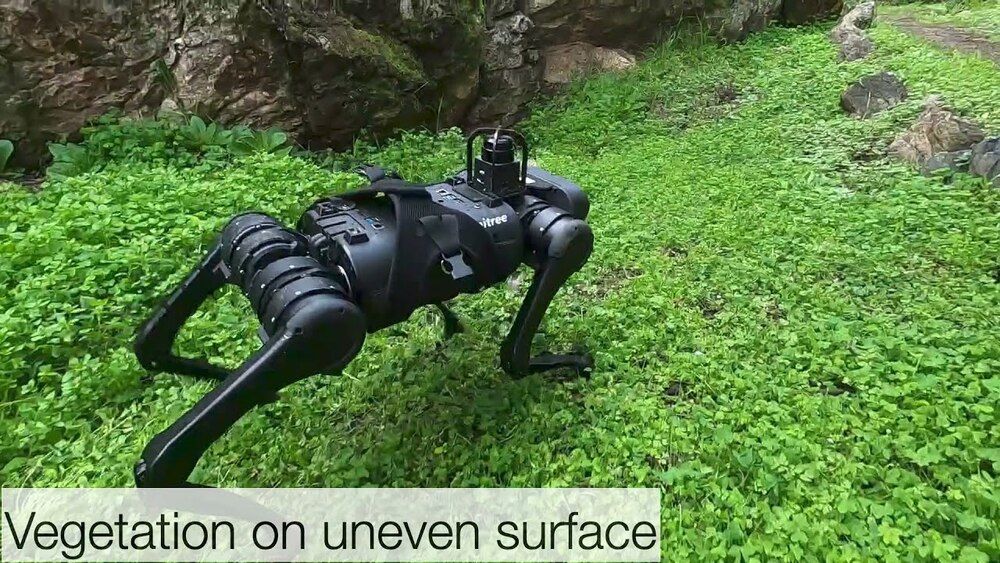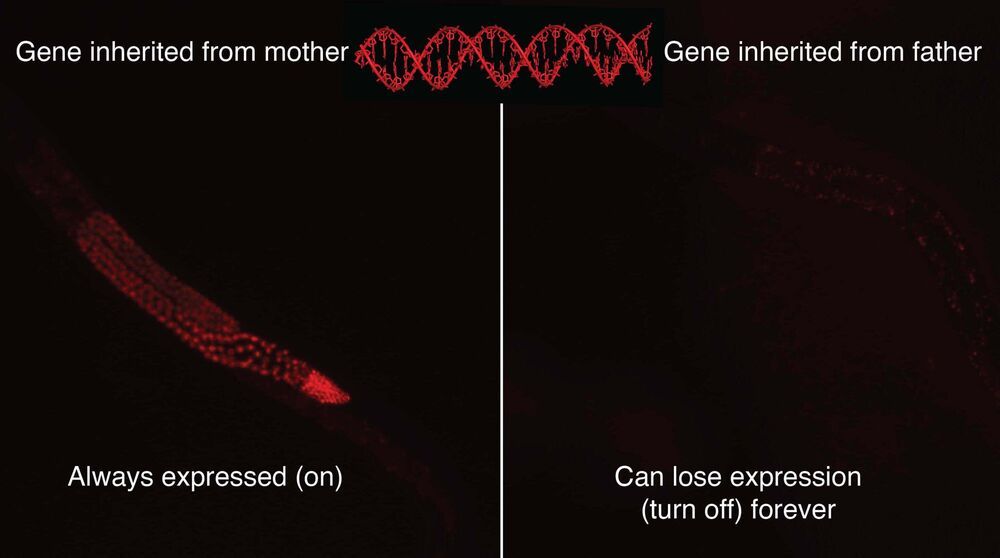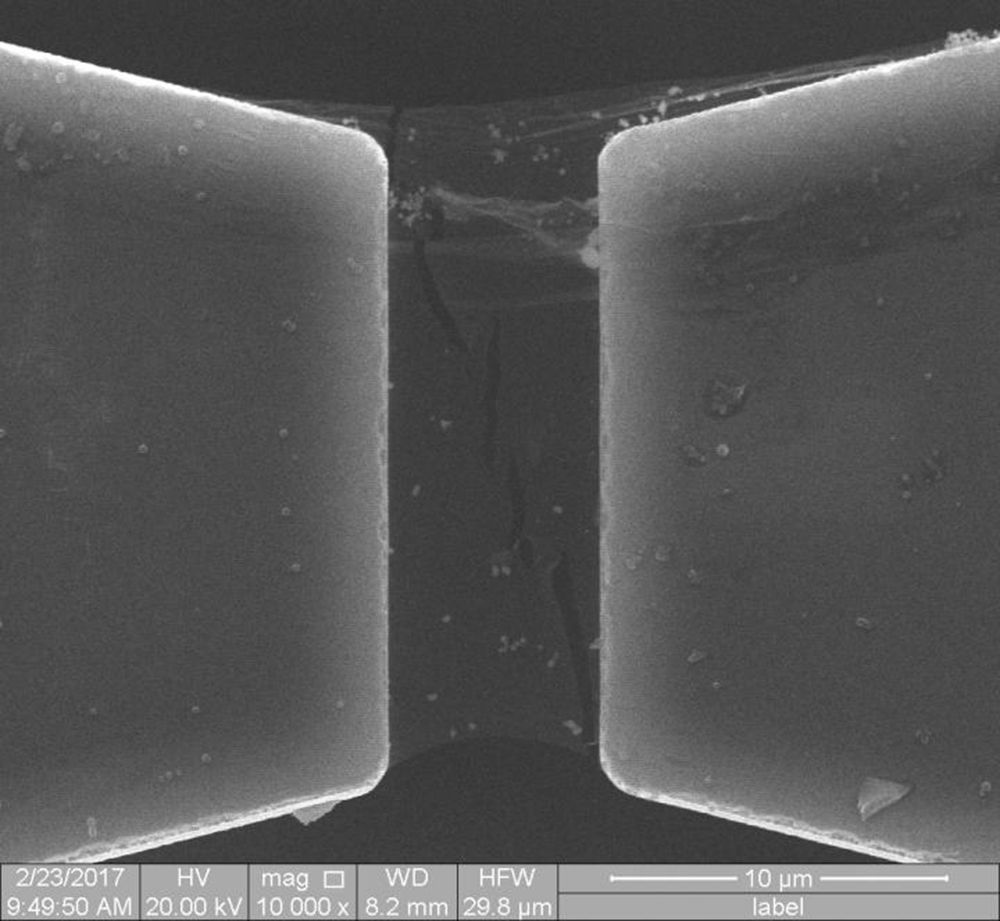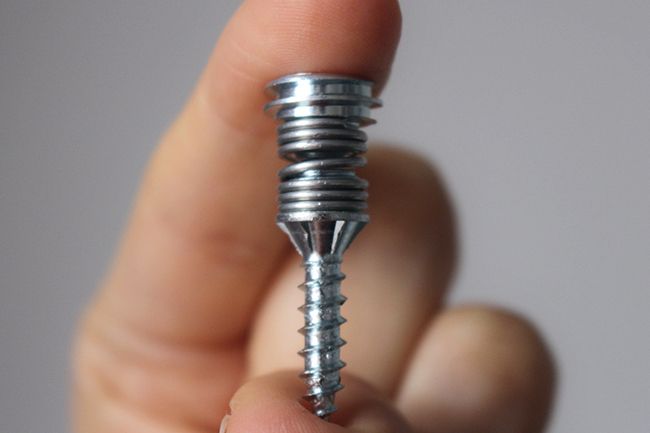Page 6111
Jul 9, 2021
Match matters: The right combination of parents can turn a gene off indefinitely
Posted by Genevieve Klien in categories: biotech/medical, genetics
Evidence suggests that what happens in one generation—diet, toxin exposure, trauma, fear—can have lasting effects on future generations. Scientists believe these effects result from epigenetic changes that occur in response to the environment and turn genes on or off without altering the genome or DNA sequence.
But how these changes are passed down through generations has not been understood, in part, because scientists have not had a simple way to study the phenomenon. A new study by researchers at the University of Maryland provides a potential tool for unraveling the mystery of how experiences can cause inheritable changes to an animal’s biology. By mating nematode worms, they produced permanent epigenetic changes that lasted for more than 300 generations. The research was published on July 9, 2021, in the journal Nature Communications.
“There’s a lot of interest in heritable epigenetics,” said Antony Jose, associate professor of cell biology and molecular genetics at UMD and senior author of the study. “But getting clear answers is difficult. For instance, if I’m on some diet today, how does that affect my children and grandchildren and so on? No one knows, because so many different variables are involved. But we’ve found this very simple method, through mating, to turn off a single gene for multiple generations. And that gives us a huge opportunity to study how these stable epigenetic changes occur.”
Jul 9, 2021
NASA Space Lasers Discover New Lakes Under Antarctic Ice
Posted by Genevieve Klien in categories: mapping, space
From above, the Antarctic Ice Sheet might look like a calm, perpetual ice blanket that has covered Antarctica for millions of years. But the ice sheet can be thousands of meters deep at its thickest, and it hides hundreds of meltwater lakes where its base meets the continent’s bedrock. Deep below the surface, some of these lakes fill and drain continuously through a system of waterways that eventually drain into the ocean.
Now, with the most advanced Earth-observing laser instrument NASA has ever flown in space, scientists have improved their maps of these hidden lake systems under the West Antarctic ice sheet—and discovered two more of these active subglacial lakes.
The new study provides critical insight for spotting new subglacial lakes from space, as well as for assessing how this hidden plumbing system influences the speed at which ice slips into the Southern Ocean, adding freshwater that may alter its circulation and ecosystems.
Jul 9, 2021
Methane Detected at Enceladus May Be of Biological Origin
Posted by Dirk Schulze-Makuch in category: biological
Methane at Enceladus: biotic or abiotic origin?
Here we go again: biology or unknown abiotic process?
Jul 9, 2021
Einstein’s “Time Dilation” Prediction Verified
Posted by Quinn Sena in categories: mathematics, particle physics, quantum physics
Circa 2014
Physicists have verified a key prediction of Albert Einstein’s special theory of relativity with unprecedented accuracy. Experiments at a particle accelerator in Germany confirm that time moves slower for a moving clock than for a stationary one.
The work is the most stringent test yet of this ‘time-dilation’ effect, which Einstein predicted. One of the consequences of this effect is that a person travelling in a high-speed rocket would age more slowly than people back on Earth.
Continue reading “Einstein’s ‘Time Dilation’ Prediction Verified” »
Jul 9, 2021
Scientists Discovered A 2D Material That Is 10X Tougher Than Graphene
Posted by Quinn Sena in category: materials
Hexagonal boron nitride (h-BN) is officially the iron man of two-dimensional materials, beating graphene in toughness by 10 times.
Jul 9, 2021
Dopamine Makes You Feel Good. Are You Getting Enough? Hack Your Dopamine. Naturally
Posted by Mark Parkins in categories: cybercrime/malcode, neuroscience
Jul 9, 2021
Spring-loaded screw could be a cheaper form of soundproofing
Posted by Omuterema Akhahenda in categories: materials, media & arts
These spring-loaded screws turn your entire drywall into a sound deadening structure that can reduce perceived noise levels by nearly half. They’re pricey for screws, says the Swedish scientist behind them, but very cheap for sound insulation. Known as the Revolutionary Sound Absorbing Screw (or the Sound Screw for short), the device was created by a team at Malmö University, led by senior lecturer Håkan Wernersson. It consists of a threaded section at the bottom, a coil spring in the middle, and a section with a flat head at the top.
Nobody likes hearing their neighbors’ music, TV shows or loud conversations. Soundproof wall materials, however, can be quite thick and expensive. Swedish scientists have developed a thinner, less costly alternative, in the form of a spring-loaded sound-damping screw.
Known as the Revolutionary Sound Absorbing Screw (or the Sound Screw for short), the device was created by a team at Malmö University, led by senior lecturer Håkan Wernersson. It consists of a threaded section at the bottom, a coil spring in the middle, and a section with a flat head at the top.
Continue reading “Spring-loaded screw could be a cheaper form of soundproofing” »
Jul 9, 2021
DARPA FENCE seeks to develop smart camera tech that mimics human brain
Posted by Omuterema Akhahenda in categories: information science, military, robotics/AI
The US Defense Advanced Research Projects Agency (DARPA) has selected three teams of researchers led by Raytheon, BAE Systems, and Northrop Grumman to develop event-based infrared (IR) camera technologies under the Fast Event-based Neuromorphic Camera and Electronics (FENCE) program. It is designed to make computer vision cameras more efficient by mimicking how the human brain processes information. DARPA’s FENCE program aims to develop a new class of low-latency, low-power, event-based infrared focal plane array (FPA) and digital signal processing (DSP) and machine learning (ML) algorithms. The development of these neuromorphic camera technologies will enable intelligent sensors that can handle more dynamic scenes and aid future military applications.
New intelligent event-based — or neuromorphic — cameras can handle more dynamic scenes.
Jul 9, 2021
Meet PetBot, a DIY robot that turns plastic bottles into filaments
Posted by Omuterema Akhahenda in categories: robotics/AI, sustainability
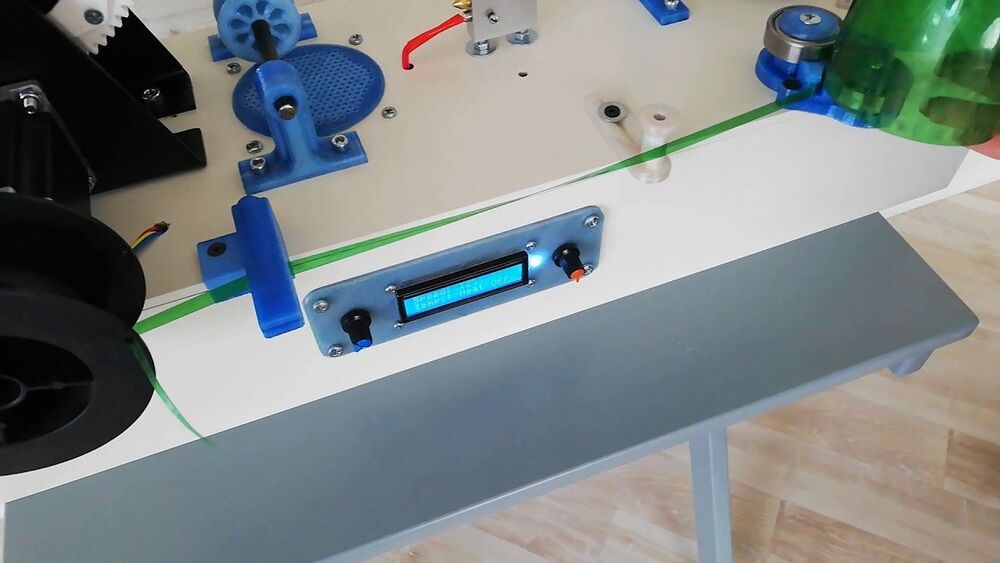
A new DIY robot called PetBot is a unique development that will help to recycle ordinary plastic bottles. The process is not yet fully automated, and the device does not claim to be used for commercial purposes, but the benefits of its operation are obvious. Built by JRT3D, the PetBot automates the plastic recycling process by cutting PET bottles into the tape and then turning them into filament. The robot combines several mechanics, each of which performs its part of the task. It carries out the two separate processes at the same time using the same stepper motor.
The machine automates the plastic recycling process by cutting PET bottles and turning them into filament.
Continue reading “Meet PetBot, a DIY robot that turns plastic bottles into filaments” »
